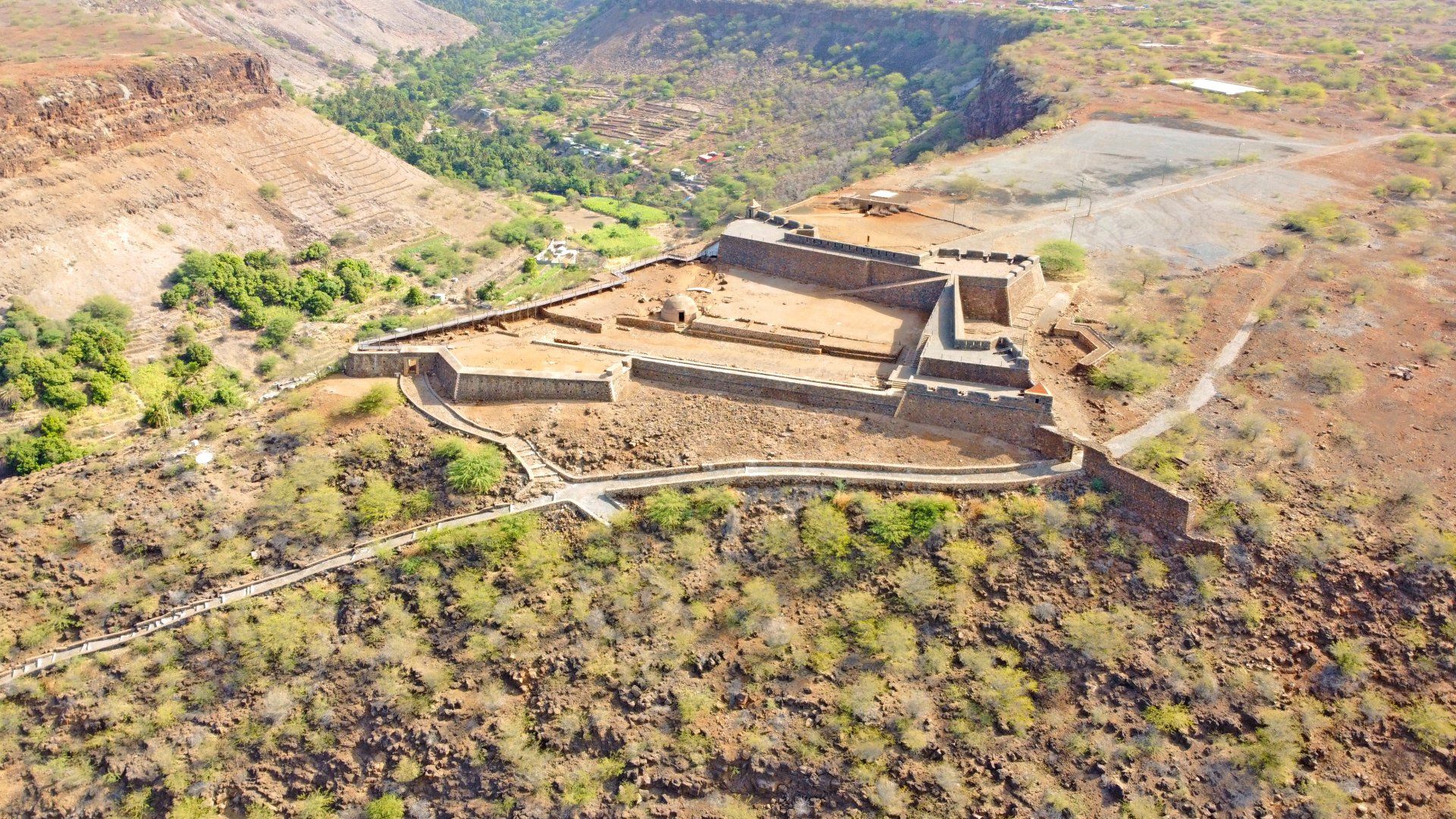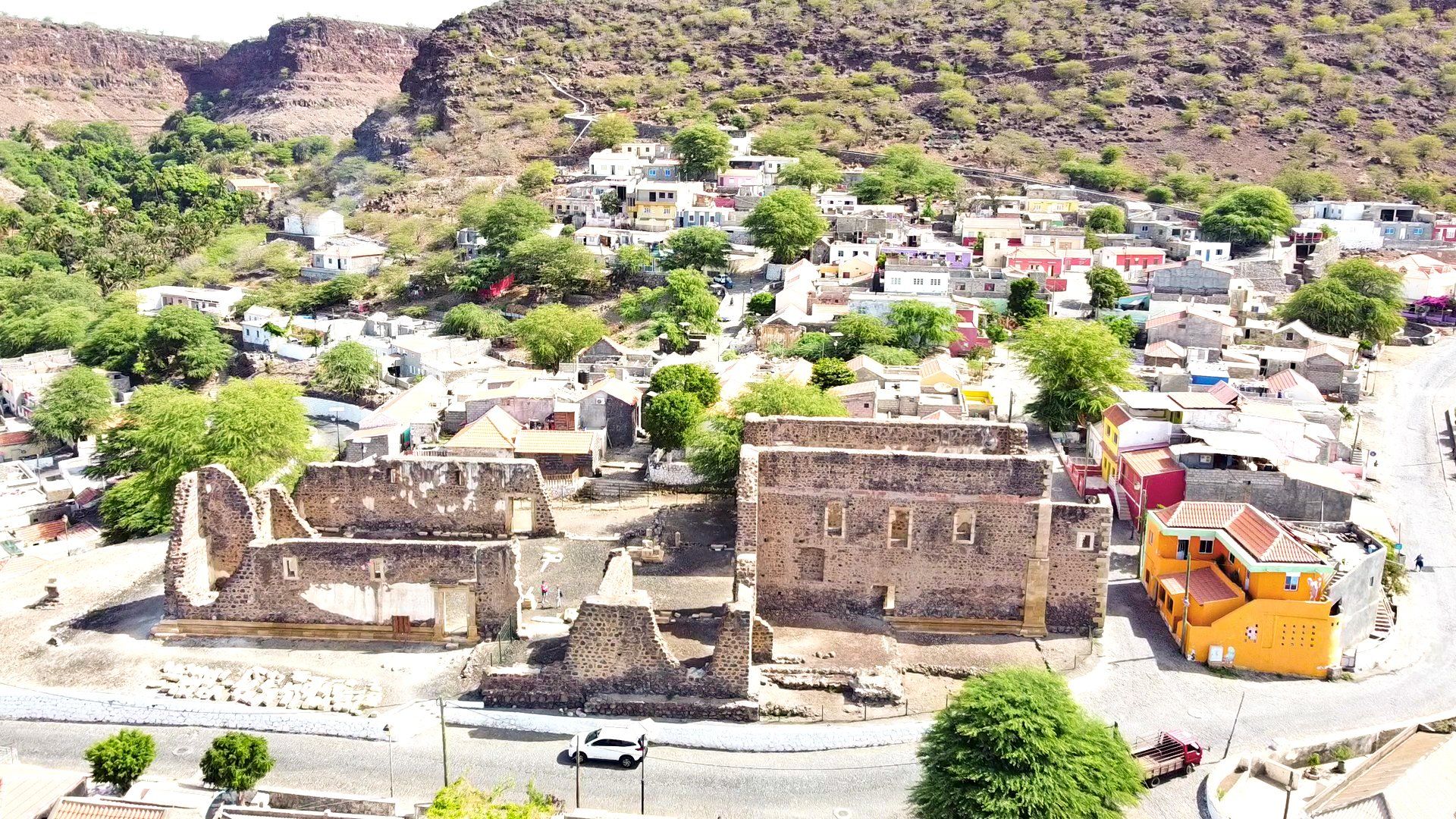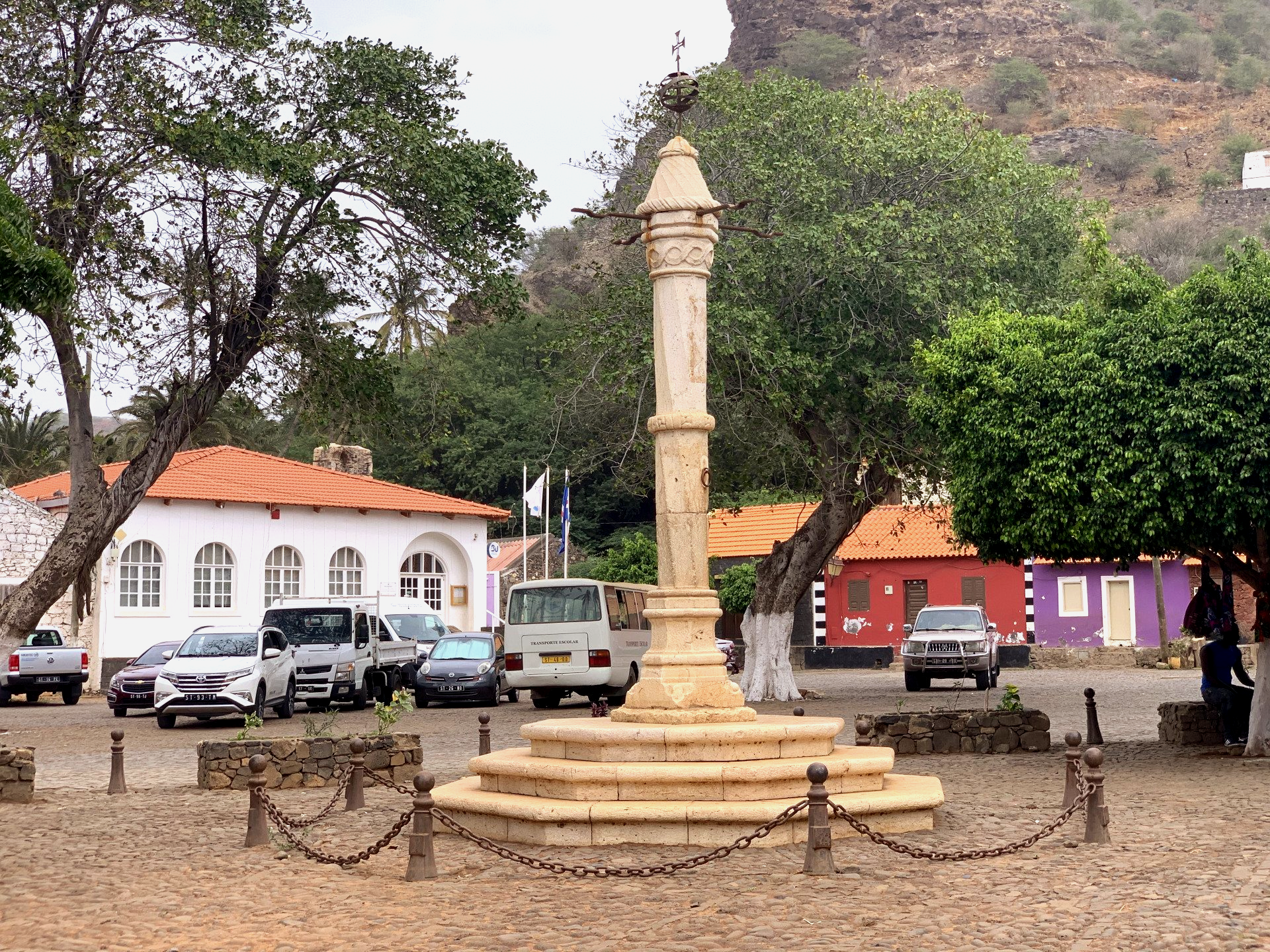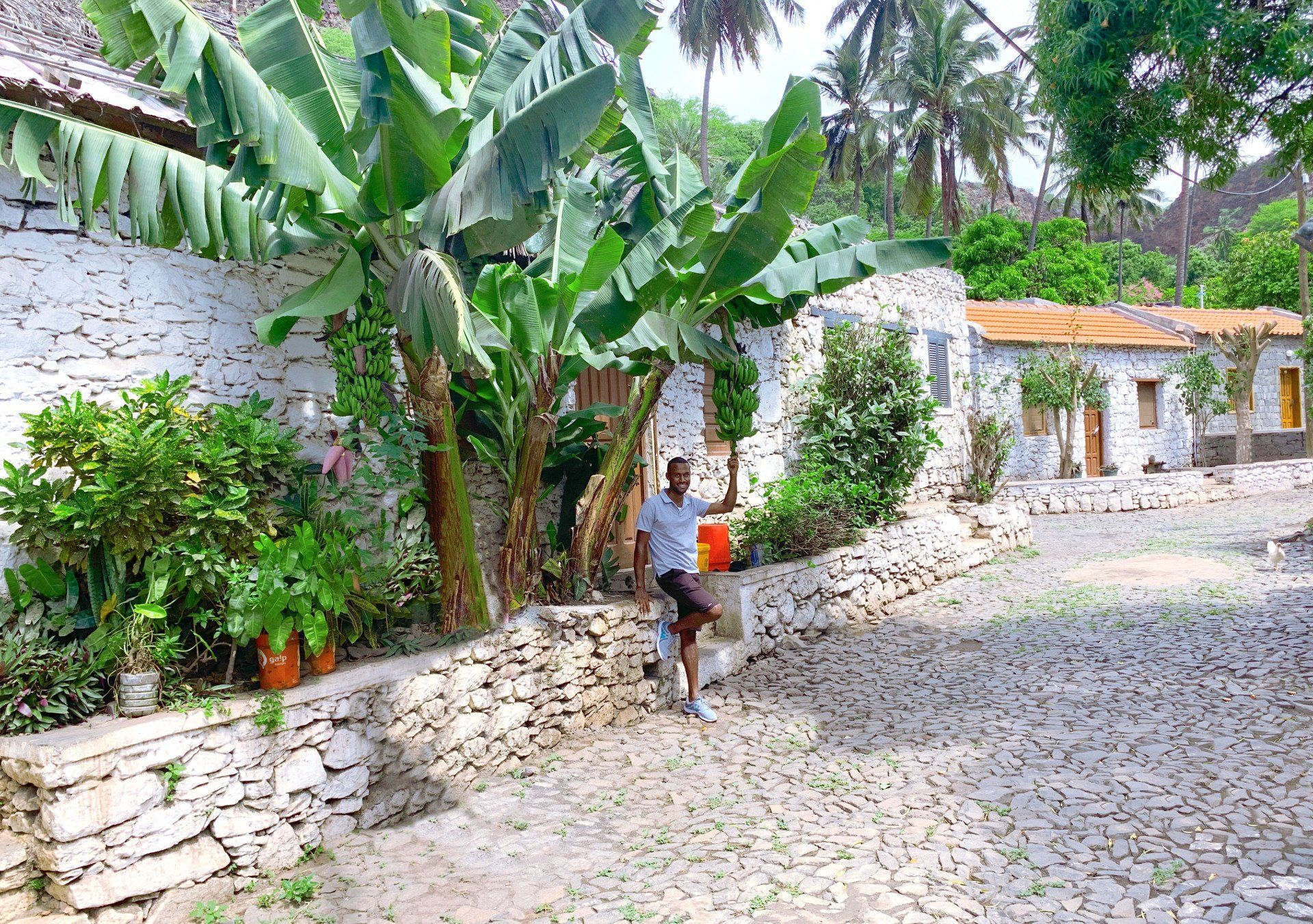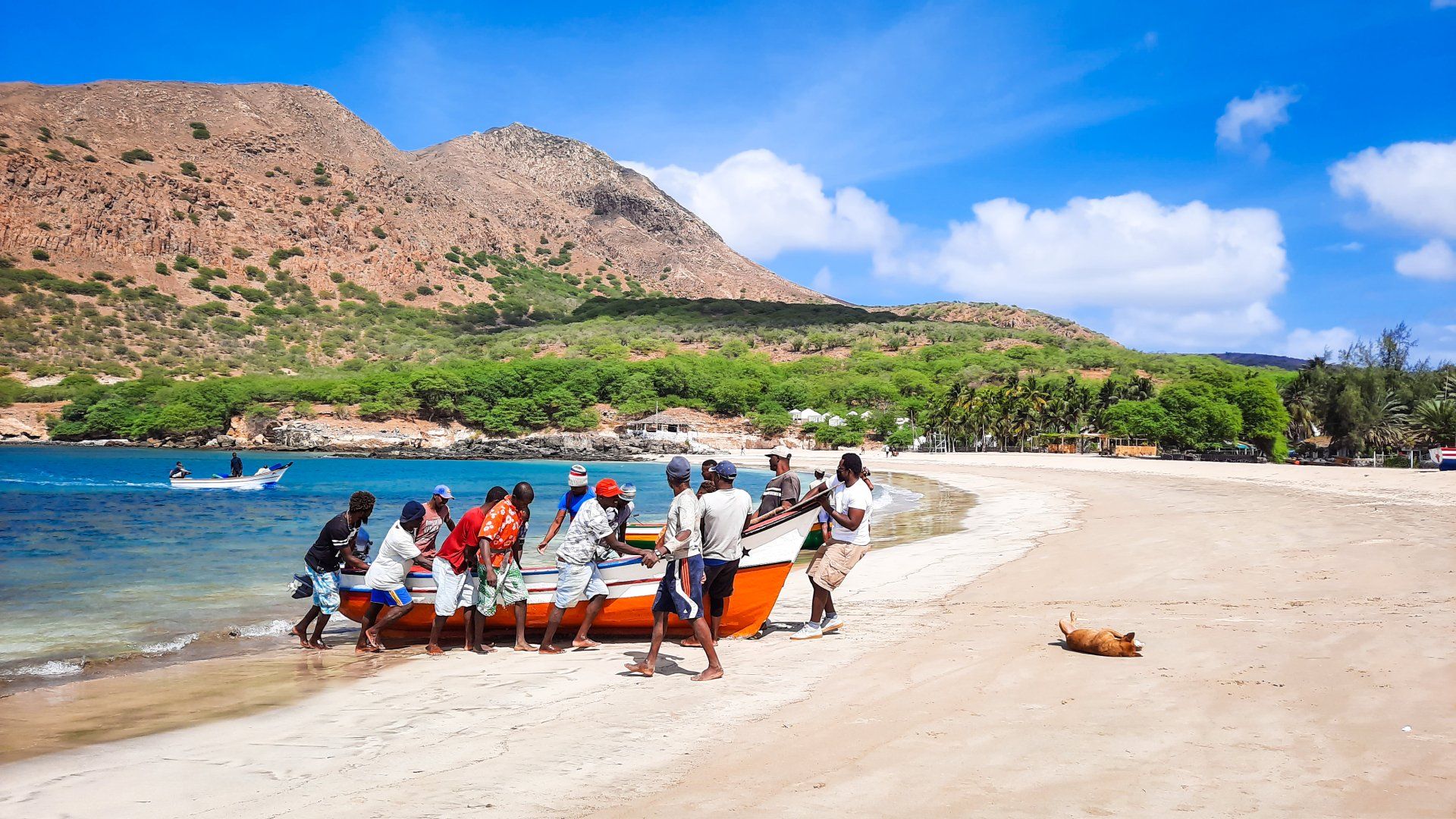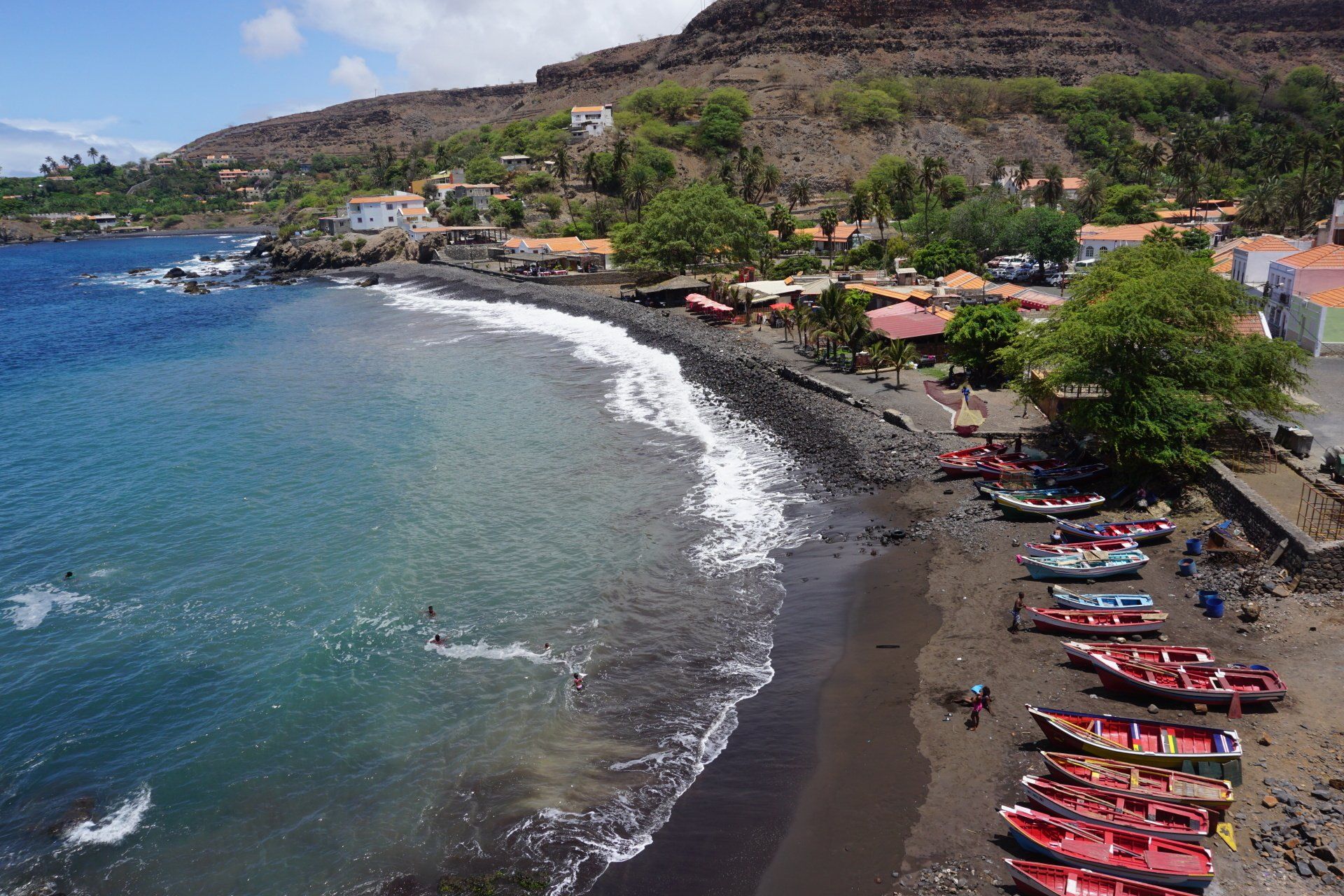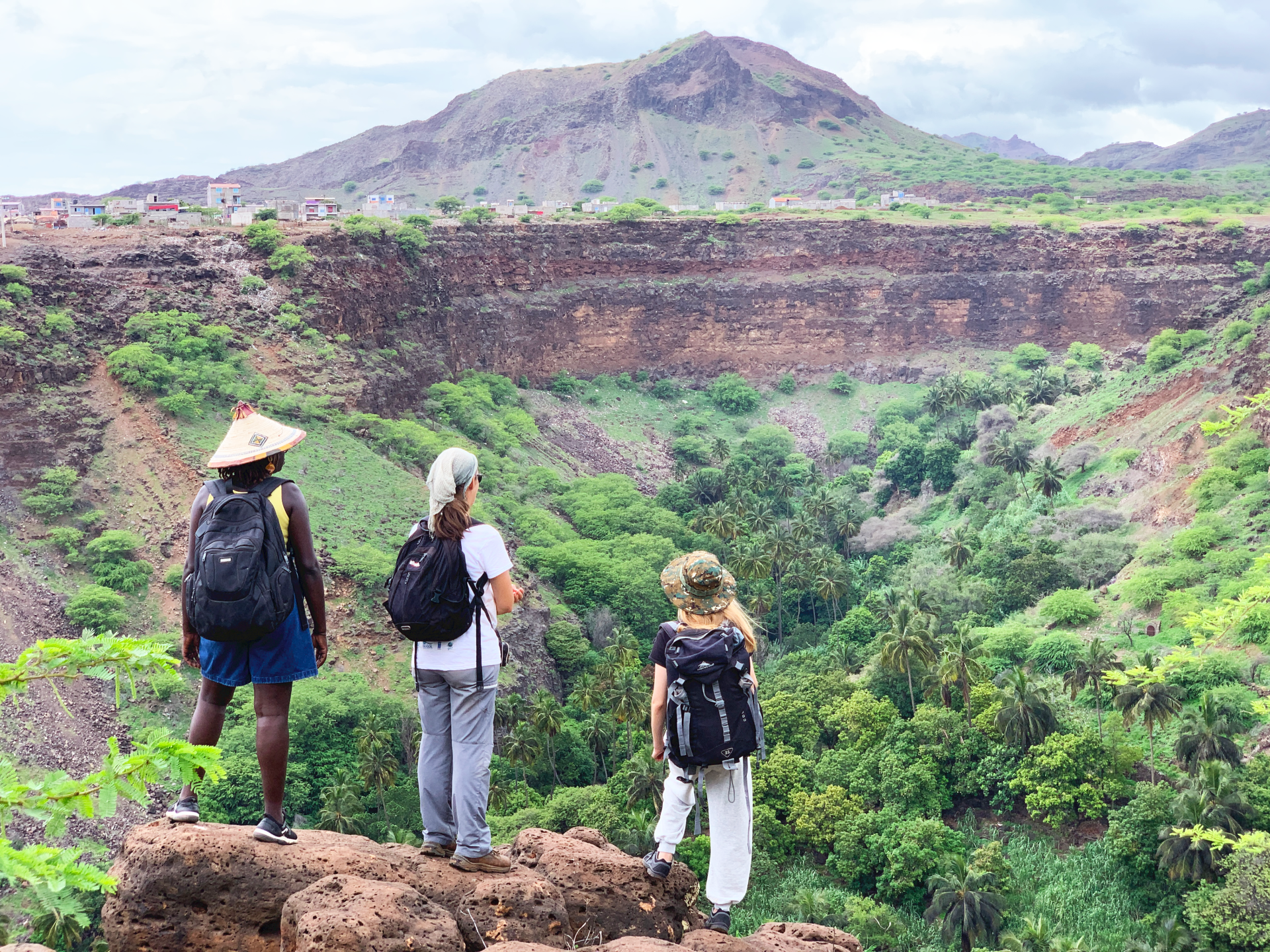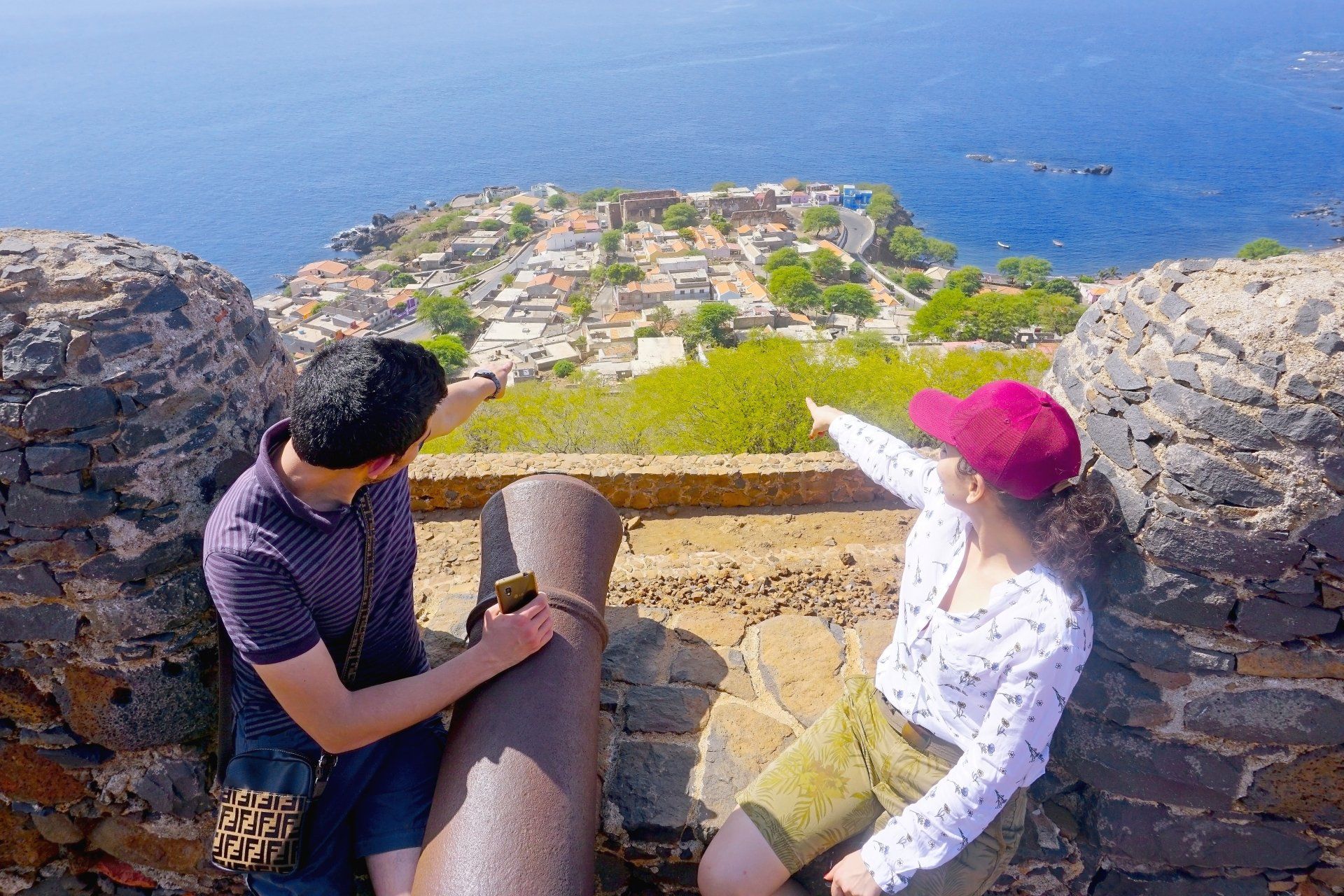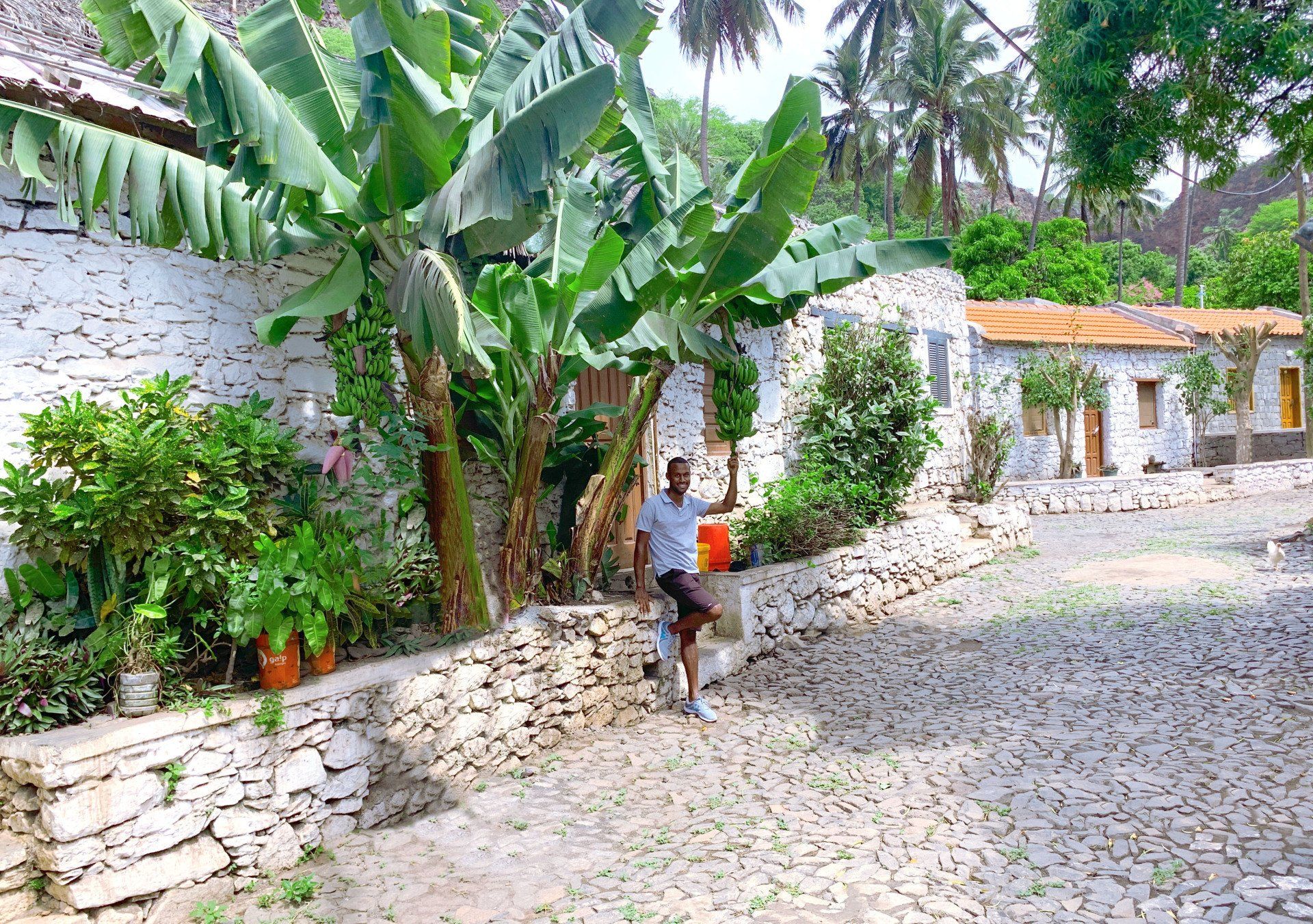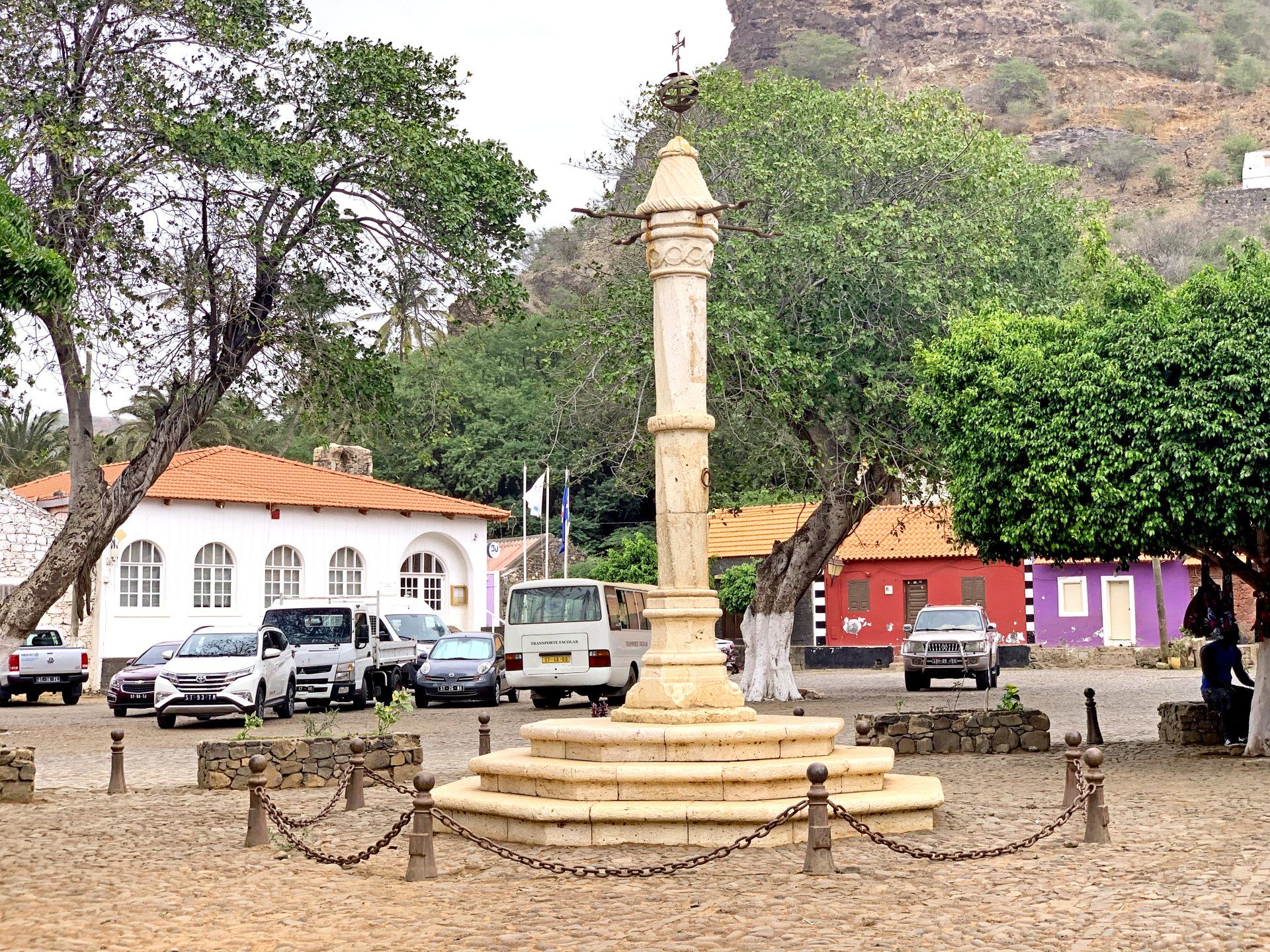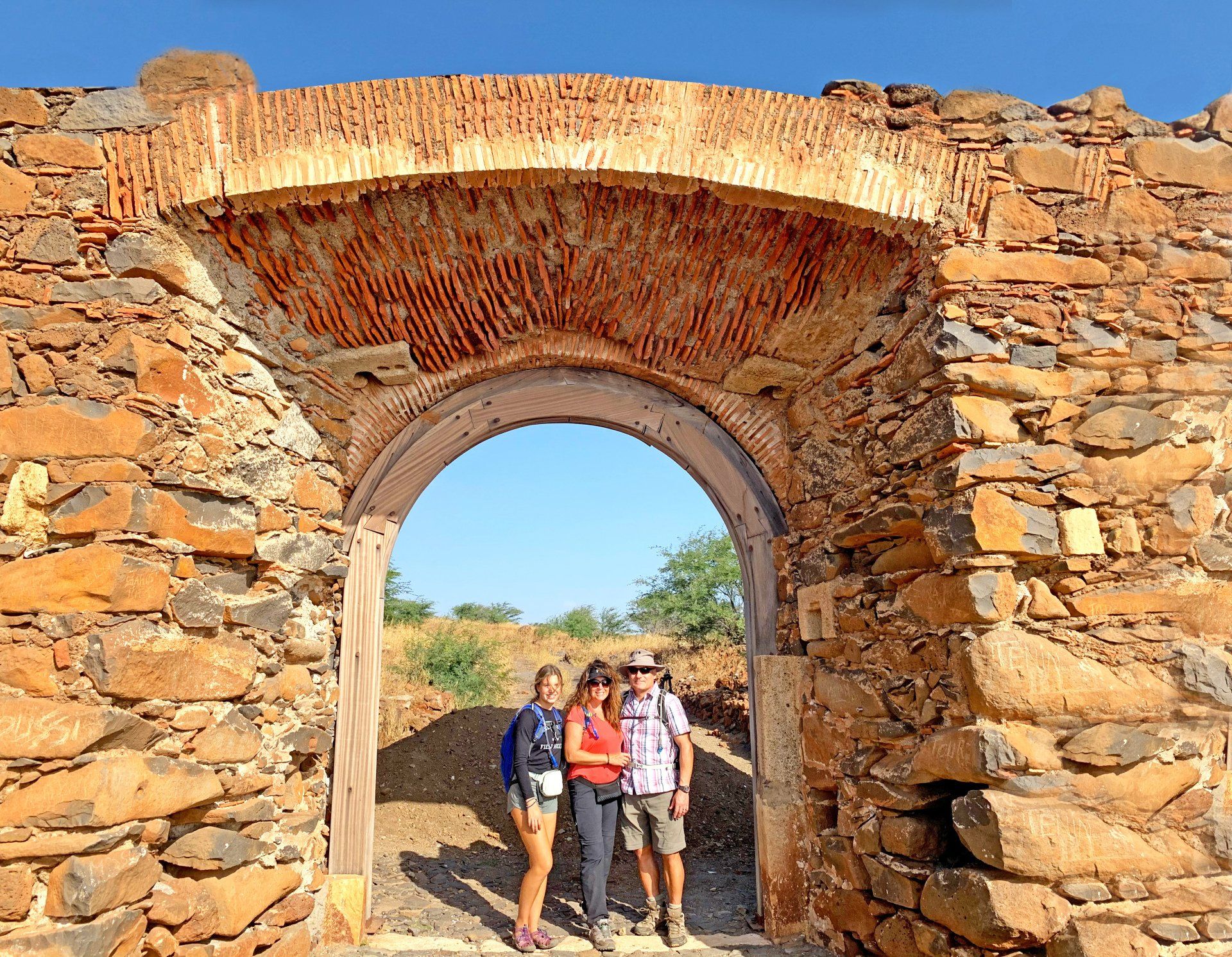Cidade Velha
Cidade Velha
Ribeira Grande de Santiago, commonly called Cidade Velha is the first European settlement in the tropics. For centuries (15th to 18th centuries) it played a geostrategic role in transoceanic navigation, namely, in the supply of food supplies, in the repair of ships and in curing the sick.
It also functioned as a revolving plate in the triangular slave trade (Europe, Africa, America) that developed from the middle of the 16th century. On the other hand, the fertility of the soil and the abundance of water led to the settlement of colonists and slaves. As the social dynamic was organized, various military, religious, and civil infrastructures were built, condensed into a small urban agglomeration, and which today bear witness to the historical grandeur of Cidade Velha.
The Historic Site of Cidade Velha was classified in 2009 by UNESCO as a World Heritage Site (https://whc.unesco.org/en/statesparties/cv) under criteria II, III and VI.
Archaeological Charter of Cidade Velha
The Historic Site of Cidade Velha, classified as a World Heritage Site, due to its historical and patrimonial importance, still preserves vestiges that require preservation.
The archaeological chart is a georeferenced inventory of sites of archaeological and heritage interest, which is constantly being updated, and arises from this perspective to respond to the safeguarding and dynamic management of the remains. Thus, its main objective is the identification and gathering in a single support, of the remains within the great archaeological site that is Cidade Velha, thus highlighting its archaeological and heritage potential, aware of the importance of preserving the historical heritage as an instrument of memory preservation.
See the Archeological Chart and Storymaps of the archeological chart of Cidade Velha.
Top Attractions
Photo Gallery
Location
Location


